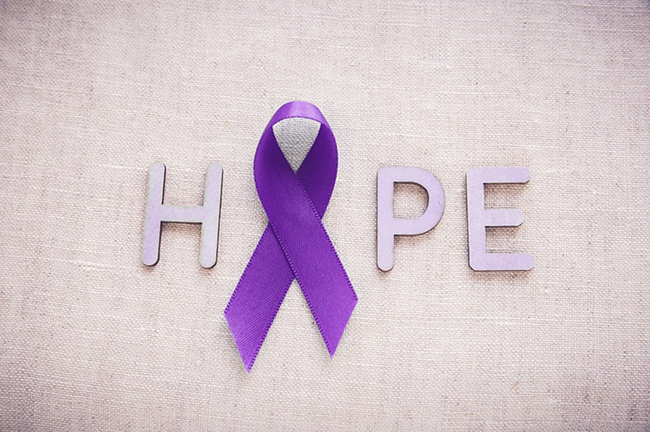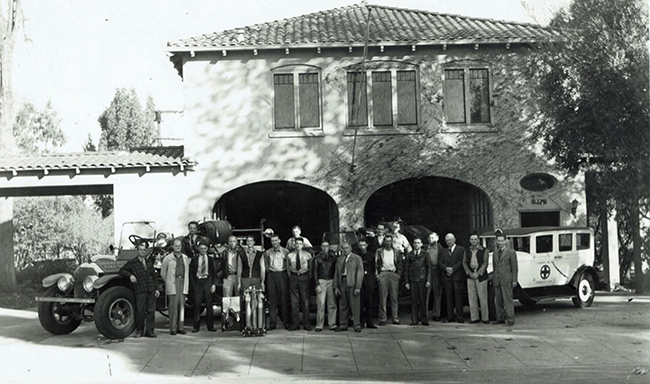Drug overdose is preventable: do your part

Photo/courtesy of Getty Images
By Michael Leach | Special to the Courier
August 31 is International Overdose Awareness Day. The aim of the annual campaign, initiated in 2001, is to raise awareness of overdose, which has by now impacted every community in the country. Too many families have lost loved ones, but this campaign and others like it can save lives.
According to the CDC, there were 107,543 drug overdose deaths in the United States in 2023, fortunately a 3% decrease from 2022, the first such reduction since 2018. However, synthetic opioids — primarily fentanyl — continue to be involved in three-quarters of all overdose deaths across the nation. According to the California Department of Public Health’s Overdose Surveillance Dashboard, there were more than 6,400 fentanyl overdose deaths in the state in 2022, and over 21,000 people visited an emergency department due to opioid overdose.
Overdose prevention campaigns help prevent these deaths, offering resources, tools, and information that individuals, families, and communities can use to increase awareness and save lives. Some of the local prevention and awareness resources to consider include the Overdose Prevention Initiative. And the California Department of Public Health continues to promote overdose awareness through media spots, social media, and various messaging.
One of the most recognized national awareness and prevention resources is the International Overdose Awareness Day website at overdoseday.com. National Harm Reduction Coalition, at harmreduction.org, also offers evidence-based strategies that reduce the risk of overdose. And the National Safety Council, at nsc.org, provides resources for the workplace.
It’s important to remember that overdose is preventable. Individuals and communities can increase awareness through practical campaigns. Begin by keeping in mind that stigma or the fear of stigma stops someone struggling with addiction from sharing their problems with friends or family. This stigma can come from friends, family members, clinicians, or even communities. Begin by removing the stigma.
Moreover, you should become familiar with the facts about fentanyl and fentanyl analogs. Fentanyl is 50 times more potent than heroin and 100 times more potent than morphine. It is commonly mixed into fake prescription drugs and illicit street drugs, making detection impossible without the use of a fentanyl test strip.
Additionally, most overdose deaths occur because of polysubstance use, when two or more drugs are taken together either intentionally or unintentionally. The primary risk factors associated with overdose include mixing drugs, tolerance, strength of the drug, using alone, age and physical health of the user, mode of administration, and history of previous non-fatal overdoses.
Also, familiarize yourself with lifesaving Naloxone, also known as Narcan. California law allows licensed healthcare providers to make naloxone available to anyone. Community organizations are permitted to dispense naloxone to a person at risk or in a position to assist a person at risk without a prescription. Locally, Pomona Valley Hospital Medical Center’s emergency department dispenses free doses of Naloxone to anyone 24/7, in its emergency room. Just walk in and ask for the drug.
Most importantly, remember those we have lost to overdose and acknowledge the grief of the families left behind. Overdose affects everyone, and this should also fuel our commitment to end overdose and all of its related harms.
International Overdose Awareness Day focuses on how every individual action matters and how coming together as a community creates decisive collective action. Overdose awareness is for everyone, for people who use drugs and those who don’t, for families who have lost loved ones, for healthcare workers, advocates, and activists. These steps everyone can take can and do save lives, protect communities, and safeguard families.
Michael Leach is a healthcare professional specializing in substance use and addiction recovery.










0 Comments